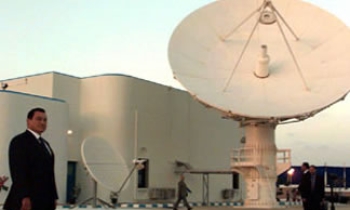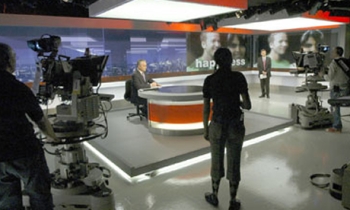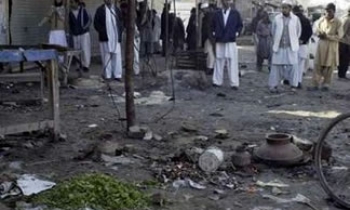Journalists are not giving up on the press release, much as it may seem to many public relations (PR) professionals. Nearly 90 per cent of responding journalists to a survey in the US have said they had used a press release within the last week with most reporters (62 per cent) having used one in the past 24 hours at the time they were surveyed.
The findings are from Business Wire’s 2014 Media Survey, which queried 300 North American journalists to determine the types of information and assets they need to effectively cover a story. About half (50.4 per cent) of these newsroom respondents identified themselves as having been a member of the media for 25 years or longer, and 51.1 per cent identified themselves as an editor or editorial staff member. That compared to just 4 per cent who identified themselves as a blogger, and only 8.1 per cent who identified themselves as having been a member of the media for five years or fewer.
Some highlights from the survey:
- The most sought after type of story information in a press release included: breaking news (77 per cent), supporting facts (70 per cent), interesting story angles (66 per cent), quotable sources (52 per cent), company background (50 per cent), trending industry topics (49 per cent), and supporting multimedia (29 per cent). Other responses include news of geographic relevance, key hires, pending job additions and layoffs, new business contracts and product launches and updates.
- Almost a third of journalists (31 per cent) want professionals to provide supporting multimedia within the press release, and more than half (54 per cent) are more likely to review a press release that includes multimedia than one that does not.
- Photographs (73 per cent) lead the way, with graphics (43 per cent), infographics (32 per cent) and video (27 per cent) also favoured, although several journalists emphasised that the news must be relevant, whether it contains multimedia or not.
- Email alerts (64 per cent) and press releases (28 per cent) are still the top two desired methods by media for receiving news. Only 3 per cent of reporters selected social media (Twitter, Facebook, LinkedIn and YouTube) for receiving company news. Methods such as text messages, telephone calls, facsimiles or blog posts are far behind in the list of choices with less than 2 per cent combined.
- When asked how their job would be affected if newswire-distributed releases were no longer available, close to 70 per cent stated that it would make their job harder.
- When it comes to receiving story pitches from today’s communication professionals, email alerts (69 per cent) and press releases (22 per cent) are again at the top of the list of preferred methods for outreach, whereas some journalists prefer not to be pitched at all. Overwhelmingly, reporters rate social networks as the least favourite way to be pitched a story idea. Facebook (90 per cent) is the least favoured with Google+ (88 per cent), Twitter (83 per cent) and LinkedIn (75 per cent) following.
- After the main website (92 per cent), the online newsroom (77 per cent) is the foremost destination for journalists when they need to research an organisation. This section of an organisation’s website is used regularly for editorial research as are social media networks (42 per cent), spokespersons (42 per cent), blogs (34 per cent), the press release boilerplate (30 per cent), trade publications (41 per cent) and Wikipedia (32 per cent).
- When it comes to looking for most within an organisation’s online news section, press releases (88 per cent) remain one of the most sought after content types. Journalists prefer press releases in an HTML/text format (55 per cent) over PDF (9 per cent), with 52 per cent of journalists asking for at least 1-5 years of past press releases and 27 per cent preferring the complete historical archive.
- Factsheets (69 per cent), images (63 per cent), press kits (53 per cent) and executive biographies (52 per cent) round out the top required pieces of content, with over 40 per cent of respondents desiring access to the organisation’s history or timeline (48 per cent) and event listings (40 per cent).
- More than 60 per cent are receptive to reading brand articles within an online newsroom, while 24 per cent stated that they do not care about articles and stories written by the organisation itself, and a small amount (7 per cent) feel that brand articles and stories don’t belong in the online newsroom at all.
- Downloading and re-using content (70 per cent) such as video and images files is far more desired by media than simply offering an embed code (24 per cent). And as expected, the ability to register for email alerts specific to their beat is important to almost 70 per cent of those surveyed.
- The categorisation of press releases, multimedia and other content by topic or subject matter is expected by 64 per cent of journalists. In fact, 56 per cent of journalists surveyed also want to access supplemental materials related to the same topic within one click.
- More than 70 per cent of journalists do not like to register to access password-protected content they feel should be typically available, such as press releases, multimedia and press kits. However, more than 43 per cent do want access to embargoed content so they can see a preview of upcoming news.
- Journalists also prefer direct access to media contacts via cell phone numbers and email addresses. Only 28 per cent of those surveyed desire to use an information request form, and even fewer (20 per cent) want to chat online with a media contact.










